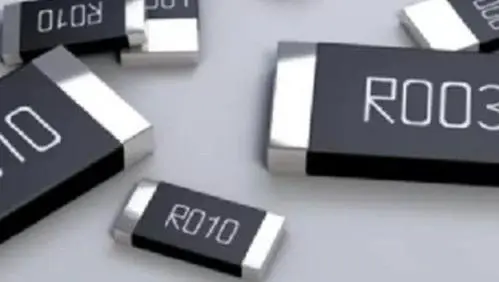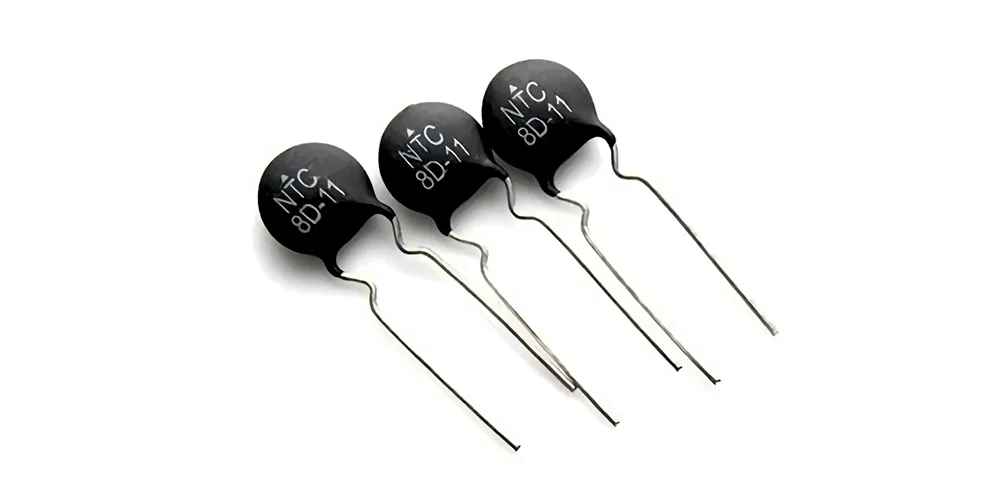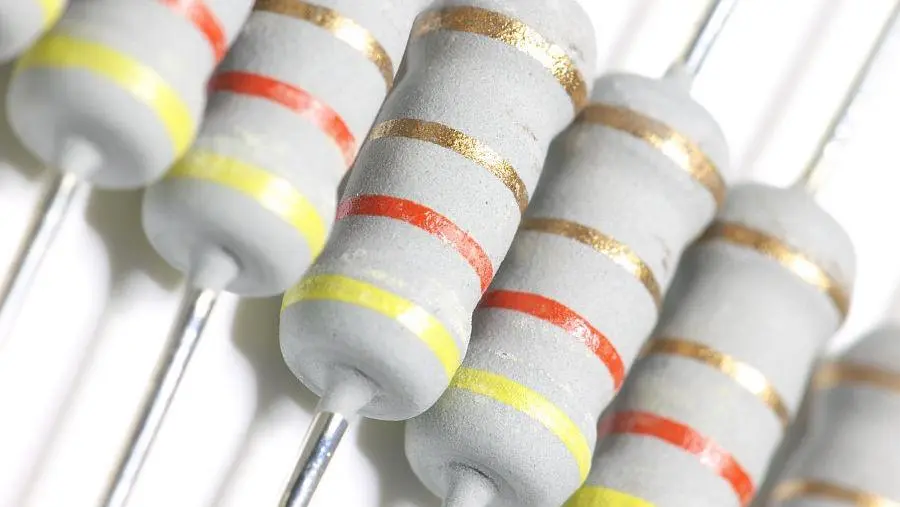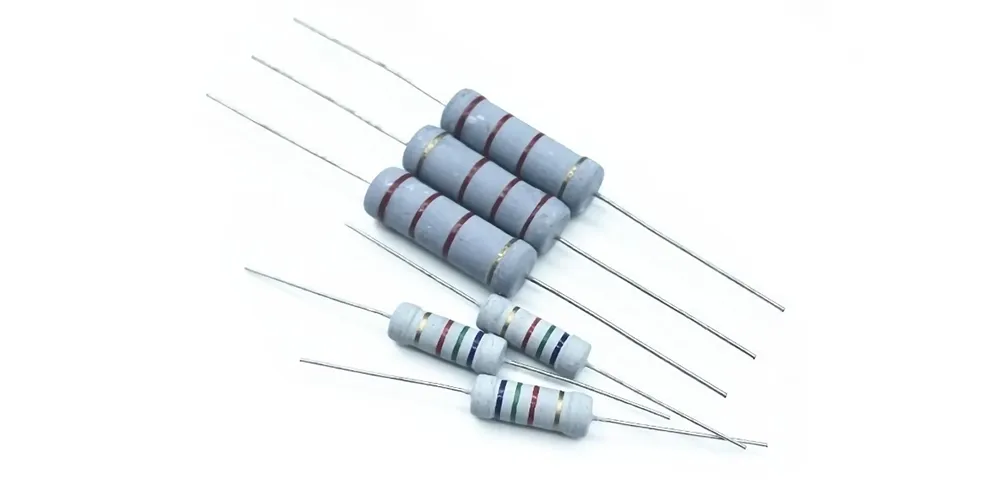The key factors to consider when choosing a resistor include the following:

01 Resistor type
There are many types of resistors, such as chip resistors, carbon film resistors, wirewound resistors, metal film resistors, and metal oxide film resistors. Different types of resistors have different characteristics and scenarios:
Carbon film resistance: good stability, small negative temperature coefficient, good high-frequency characteristics, less influence by voltage and frequency, less noise electromotive force, wide resistance range, but low accuracy.
Wirewound resistance: It has a low temperature coefficient, high resistance accuracy, good stability, heat resistance and corrosion resistance, mainly used for precision high-power resistance, but poor high-frequency performance.
Metal film resistance: higher precision, better stability and small temperature coefficient than carbon film resistance.
Metal oxide film resistance: stable at high temperature, thermal shock resistance, strong load capacity.

02 Resistance range
Based on the circuit design requirements and current calculations, the minimum and maximum resistance values required are determined. The principle is that the difference between the nominal resistance of the resistor used and the resistance of the desired resistor is as small as possible.

03 Rated power
The power rating of a resistor is determined by the hot spot temperature that the resistor is subjected to, which is greatly affected by the ambient temperature. In circuit design, the temperature range of the electronics for long-term operation, as well as the maximum and minimum possible temperatures, needs to be considered to calculate the required resistor power. Generally speaking, the rated power of the selected resistor should be more than twice the actual power received to ensure the reliability of the resistor in the circuit for long-term operation.

04 Rated voltage
When the actual voltage exceeds the rated voltage, the resistor will be damaged by breakdown, even if the power requirements are met. Therefore, it is necessary to select the appropriate resistance rating according to the actual operating voltage.
05 Temperature coefficient
The temperature coefficient of resistance refers to the degree to which the resistance value of the resistance changes with temperature. In some applications with large temperature variations, choosing a resistor with a small temperature coefficient can improve the stability and reliability of the circuit. Generally, the temperature coefficient of film resistors and wirewound resistors is relatively small, and the temperature coefficient of synthetic film resistors is relatively large.

06 Accuracy
The accuracy of a resistor refers to the difference between its actual resistance and the nominal resistance, usually expressed as a percentage. In some applications where circuit performance is required, it is necessary to select a resistor with high accuracy. For example, instrumentation, current electrical measurement circuits, voltage detection circuits, etc., require precision resistors for current or other circuits that have a great influence on resistance fluctuations, and some circuits even use 0.01% high-precision resistors.
07 Circuit type and working environment
Different types of circuits have different requirements for resistance. For example, high-frequency circuits should choose resistors with small distribution parameters, such as metal film resistance, metal oxide film resistance, etc.; For low-frequency circuits, winding resistors, carbon film resistors, etc. can be selected. In addition, it is also necessary to choose the appropriate type according to the working environment of the resistor, such as the high-temperature resistant resistor should be selected when close to the heat source, the glass glaze resistor with good moisture-proof performance should be selected in the environment with high humidity, and the corrosion-resistant resistor should be selected in the environment affected by acid, alkali and salt corrosion.
08 Package type and size
The type of package for a resistor determines how it is mounted in the circuit and the environment in which it will be used. Common package types include SMD, plug-in, and stud. It is necessary to select the appropriate package type according to the specific application scenario and board layout. At the same time, it is also necessary to select the size of the resistor according to the size of the circuit board to avoid unnecessary burden on the circuit board.
Overall, resistor selection is a multi-factor process that takes into account the specific needs and environmental conditions of the circuit. By carefully evaluating these parameters, the most suitable resistor can be selected to ensure the stability and reliability of the circuit.
Address: Block 2, No. 70, Yaofeng West Road, Wuzhong District, Suzhou City, Jiangsu Province
Tel: 0512-82285066
Email: sales@kegasia.com
Please contact us

WeChat official account
Copyright © SUZHOU KEG ELECTRONICS CO.,LTD All right reserved ICP NO:08120300-1 (Jiangsu) Technical support:Web design
